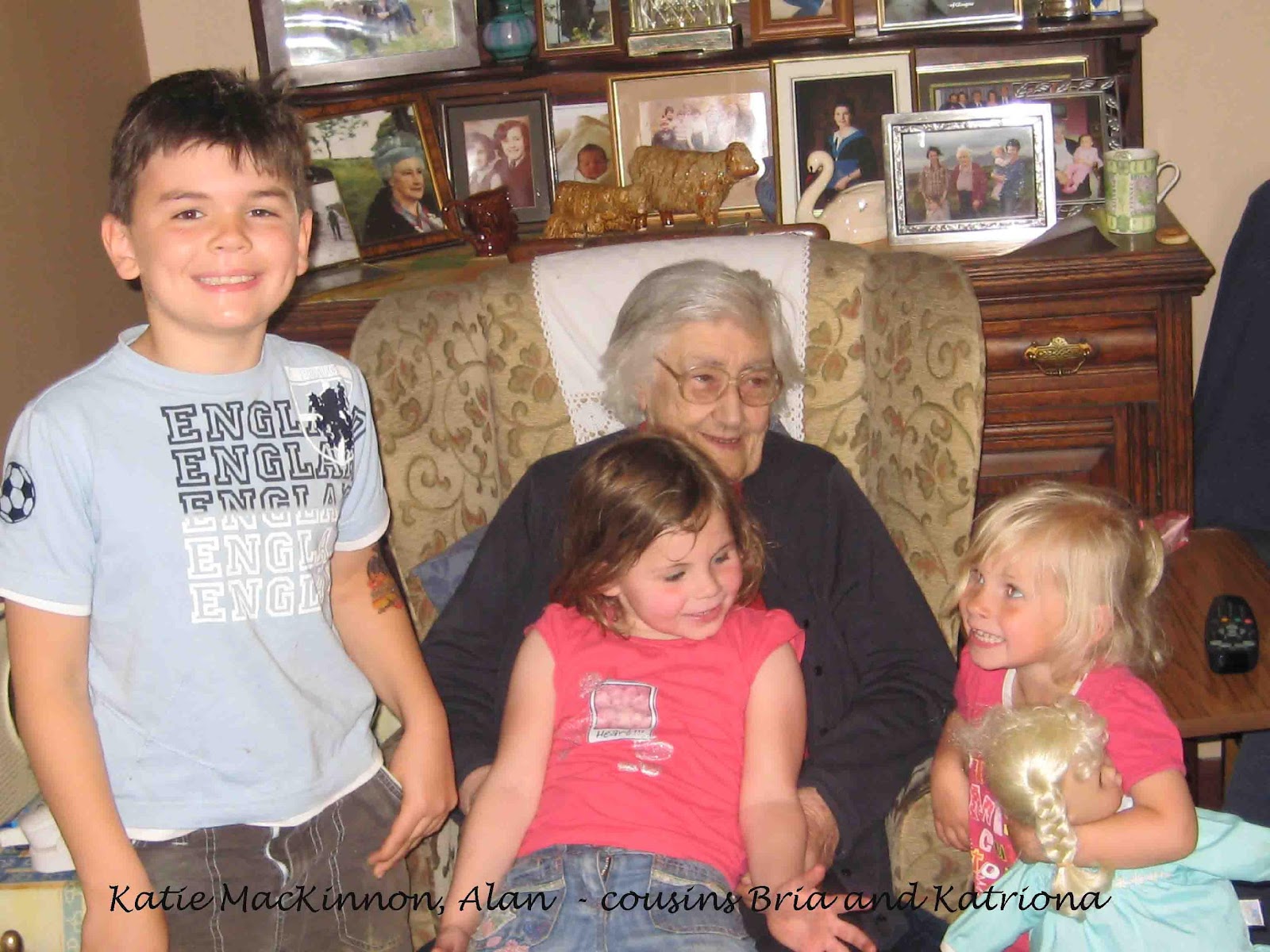“The Cave Massacre” – a Semi-fictional Account

In order to avoid starting an account of the history and culture of the Isle of Eigg that is as dry as dust — like something out of a school textbook, or tourist brochure — I will present a semi-fictional account of “The Cave Massacre”. This massacre was one of the most appalling historical events in Eigg’s history. Hopefully this will add some ‘spice’ to the otherwise meagre diet of parts of this book. The semi-fictional account is based on primary and secondary sources. It is also partly based on genealogical certificates obtained from ScotlandsPeople.
I thought the story of the ‘Cave Massacre’ would be something simple to write about, but there are many accounts and various differences and threads. As Urquhart and Ellington (1987) point out, “Accounts vary, and none were written until at least a century later.” According to most versions, the population of the whole island were murdered except for one old woman. This immediately raises the question, if the whole population were wiped out, who is it that was left to tell the story? It seems doubtful that a MacLeod (the murdering clan) would describe such a story that puts them in a very poor light to say the least.
The versions I have read by Hugh Miller (1858), Urquhart and Ellington (1987), Dressler (2007) and Cooper (1979) all seem to borrow heavily from Wilson’s A Voyage Round the Coasts of Scotland and the Isles (1842). In other words, the story has already been so well described that it might be prudent to include here some of the accounts, especially, Wilson’s A Voyage Round the Coasts of Scotland and the Isles (1842), and Tales of a Grandfather (1828-30) by Sir Walter Scott. It seems Scott was one of the first to write about the massacre; later versions seem, to a great extent, based on his account.
As mentioned, my mother spent all her summers on Eigg, when she was a young girl. These happy memories remained with her throughout her life. In one of her scrapbooks from the 1950s, she has written notes about the history of Eigg, more specifically “The Cave Massacre” and “The murder of St Donnan and his 52 monks”. In other words, although she was in her thirties, and had not travelled to Eigg for many years, these memories were still very much with her when she moved to England. This is not surprising as she stayed with her Uncle John on Kildonnan Farm, which is a stone’s throw away from where St. Donnan was slaughtered.
It seems one of the ‘Eigg stories’ in her scrapbook was written by her eldest son Alexander, as it seems to be signed by him. Thus, she perhaps told these stories to him in the same way Sir Walter Scott wrote about the “Cave Massacre” in “Tales of a Grandfather”, which he purportedly wrote for his grandson.
Second Massacre on Eigg
Clan Ranald had aided the MacDonalds in a longstanding feud against the MacLeans of Duart concerning the Rhinns of Islay. In 1588, some of the remains of the Spanish Armada found refuge with the MacLeans. Lachlan, the MacLean leader, demanded that they supply soldiers in return, which he used to launch an attack against the MacDonalds. After initial failures, Lachlan chose to attack the Small Isles, as a softer, weakly defended target, instead. Eigg was burnt and pillaged. Lachlan was imprisoned in Edinburgh by the king for this, but he escaped, and faced no further punishment.
Semi-fictional Version
You can read the semi fictional version here or by clicking the next chapter.


